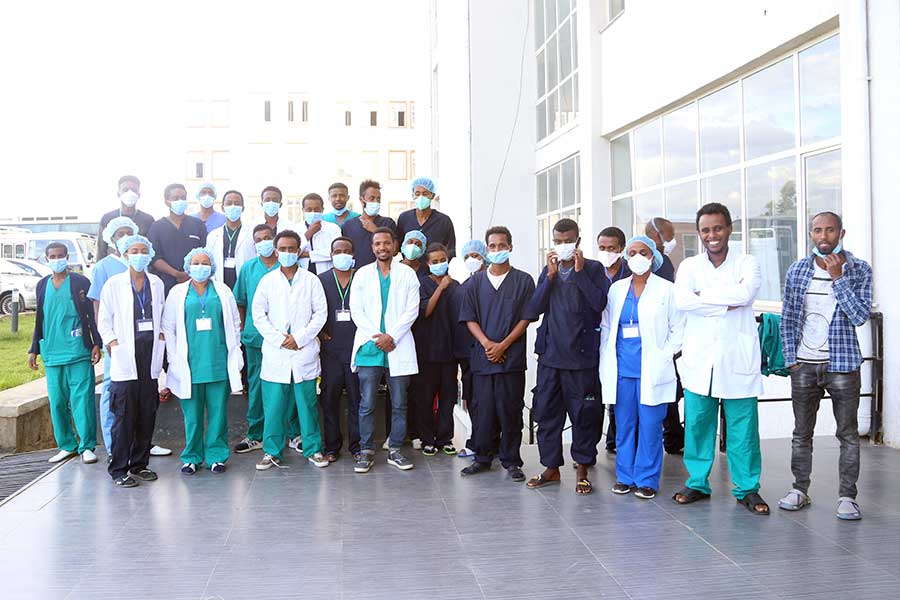
View From Arada | May 01,2020
Oct 24 , 2020
By BEMENET WONDEWOSSEN
The Ethiopian Public Health Institute (EPHI) started the process of building 16 state-of-the-art laboratories, investing 150 million dollars in the hopes of strengthening the nation's laboratory studies and testing capabilities. Expected to take five years, the construction is financed by the World Bank.
One of the labs will be built at the premises of the Institute, while the remaining will be spread across the regional states except for Dire Dawa and Harar, which already have labs. The labs are expected to enable the country to provide increased diagnostic testing volume, locally carry out advanced testing techniques currently being outsourced overseas, and conduct improved research and study concerning public health.
The funding for the labs was secured from the World Bank after the Ministry of Finance signed the deal on February 6, 2020. Half of the funding comes from the World Bank, and the remaining is from the International Development Association (IDA). The funding from the World Bank has a maturity of 38 years and a grace period of six years. The project is part of the World Bank's Africa Centres for Disease Control & Prevention Regional Investment Financing Project.
Two-thirds of the funding will go to the Bio-Safety Level 3 National Reference Laboratory that will be built at the premises of the Institute in the capital. This lab is used to work on microbes, which cause serious disease. The remaining balance will be used to construct 15 BSL-2 laboratories, which work with agents associated with human diseases, in strategic locations along borders with neighbouring nations.
The tender process for the construction of the National Reference Laboratory will be an internationally competitive bid, and it is a complex tender requiring design, construction, equipping and furnishing of labs. The first in the country, this lab will be one of only a handful of laboratories to carry that rating on the continent, surpassed only by two BSL-4 institutions located in Gabon and South Africa.
The World Bank prefers to invest in projects that operate at the regional level, according to Gonfa Ayana, a senior laboratory advisor at the Institute.
The list of the 15 BSL-2 project sites is not yet available, because two locations are still under deliberation with regional health bureaus, according to Gonfa.
Designs for these projects will be based on the designs used by the Institute to construct eight BSL-2 laboratories as part of a Global Fund financed project five years ago.
"These older laboratories are also set to receive additional equipment through the new funding," said Gonfa.
The World Bank makes it a principle that before tendering such projects the parties involved should prepare environmental and social safeguard documents that assess feedback from local populations and experts concerning the construction of the project, according to Gonfa.
Neighbouring countries will also use this project, and several of the laboratories will be constructed near border areas, according to Addisu Kebede, director of national laboratories capacity building at the Institute.
"The main reason for this is to control and prevent the transmission of diseases," he said.
The laboratory in Yabelo will also help the Somalian Health Institute to conduct health research as well as more affordable and quicker testing, according to him.
"It's difficult and expensive to send samples to other nations for testing," explained Kebede, "and developing local research and testing capacity will be advantageous both for Ethiopia and neighbouring nations."
Since the lab is a huge project and the first of its kind in Ethiopia, it is difficult to find local consultants fit for the work, according to Abebe Dinku (PhD), a civil engineer and a lecturer at Addis Abeba University.
"It's also hard to find local architects and engineers, because such a project specifies work experience in special design and construction that local firms simply don't have," Abebe said.
The new 46-floor Commercial Bank of Ethiopia building was designed and constructed by foreigners who have experience on such projects, though partway through the project a local firm joined and participated in consulting, according to the civil engineer.
"When the Institute is building this laboratory," he added, "there should be multi-disciplinary engagement with physicians, architects, chemists and biologists since the work and research that is going to be conducted in this lab is complicated and sensitive."
PUBLISHED ON
Oct 24,2020 [ VOL
21 , NO
1069]

View From Arada | May 01,2020
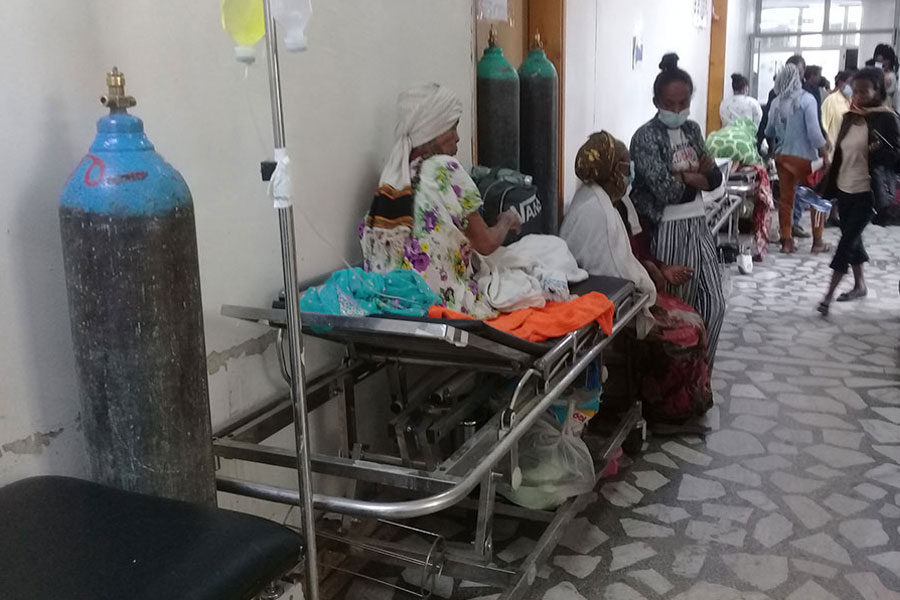
Fortune News | Oct 21,2023

Sunday with Eden | Jun 01,2024
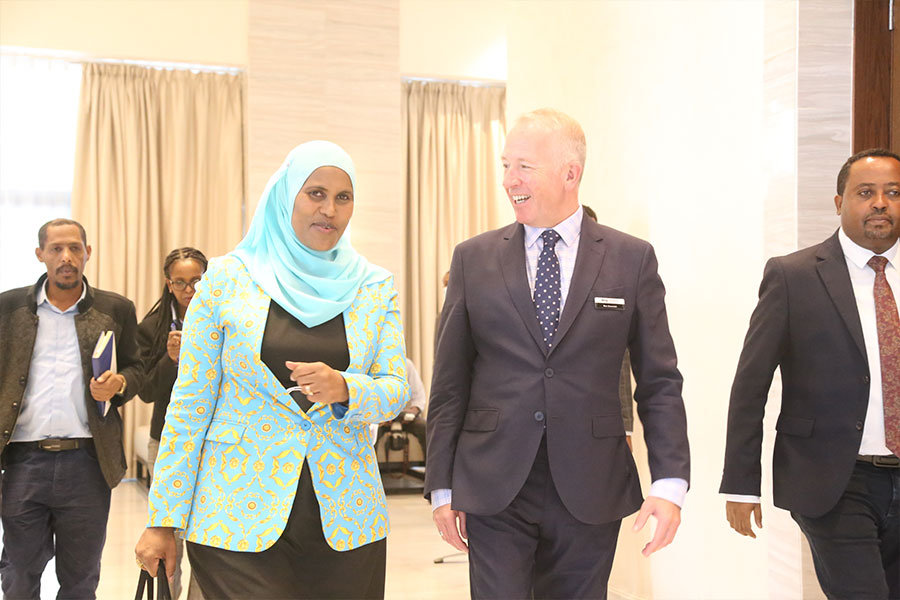
Radar | Jul 09,2022

Editorial | Nov 30,2024

Viewpoints | Sep 23,2023
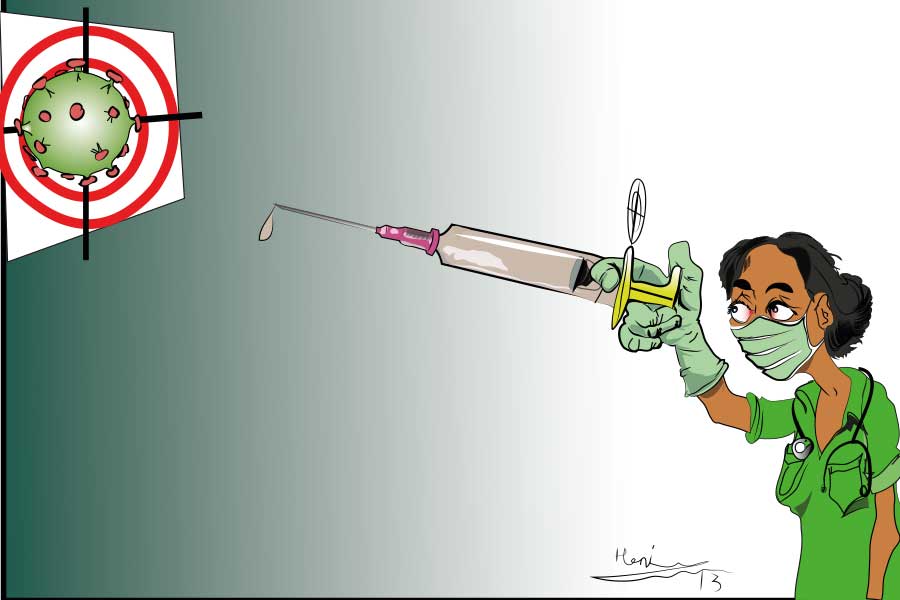
Editorial | Mar 13,2021
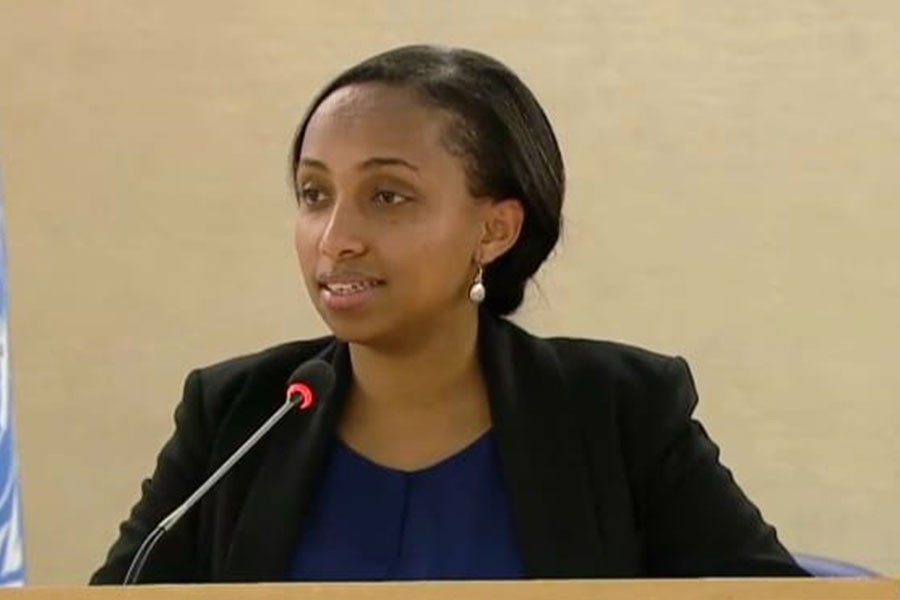
Fortune News | Apr 28,2025

Radar | Aug 17,2019

Life Matters | Aug 20,2022

Dec 22 , 2024 . By TIZITA SHEWAFERAW
Charged with transforming colossal state-owned enterprises into modern and competitiv...

Aug 18 , 2024 . By AKSAH ITALO
Although predictable Yonas Zerihun's job in the ride-hailing service is not immune to...

Jul 28 , 2024 . By TIZITA SHEWAFERAW
Unhabitual, perhaps too many, Samuel Gebreyohannes, 38, used to occasionally enjoy a couple of beers at breakfast. However, he recently swit...

Jul 13 , 2024 . By AKSAH ITALO
Investors who rely on tractors, trucks, and field vehicles for commuting, transporting commodities, and f...

Jul 5 , 2025
Six years ago, Ethiopia was the darling of international liberal commentators. A year...

Jun 28 , 2025
Meseret Damtie, the assertive auditor general, has never been shy about naming names...

Jun 21 , 2025
A well-worn adage says, “Budget is not destiny, but it is direction.” Examining t...
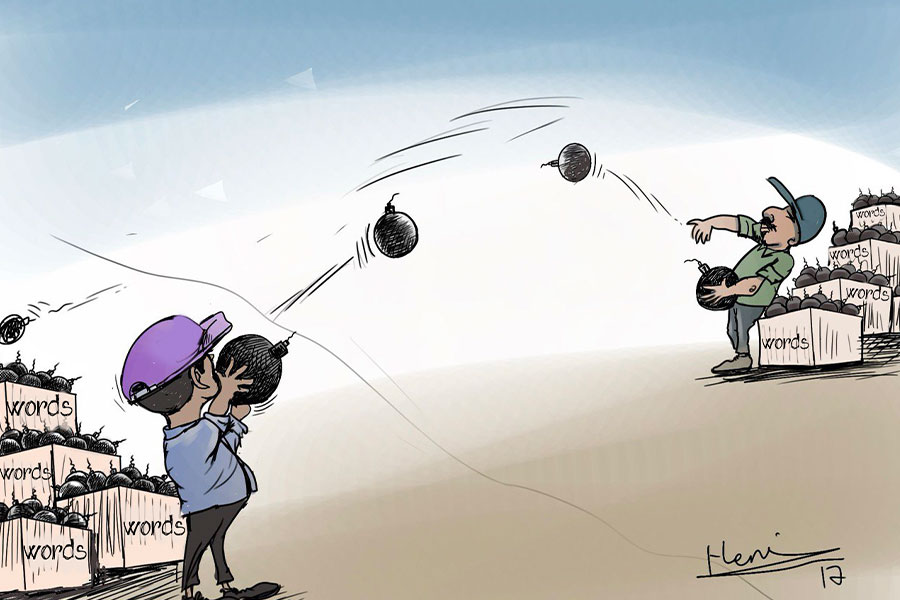
Jun 14 , 2025
Yet again, the Horn of Africa is bracing for trouble. A region already frayed by wars...